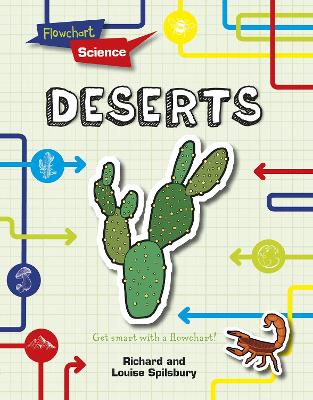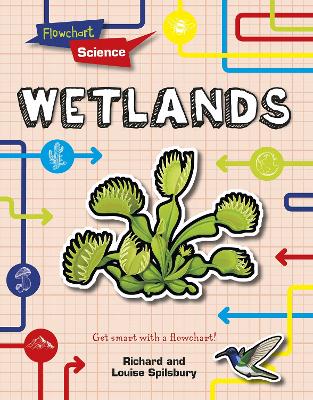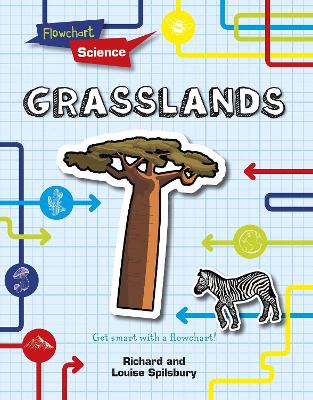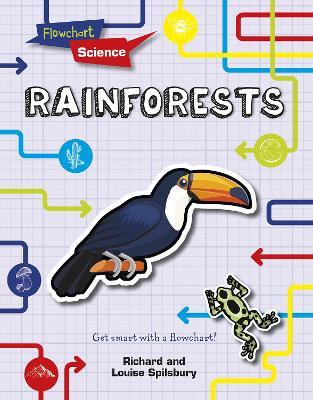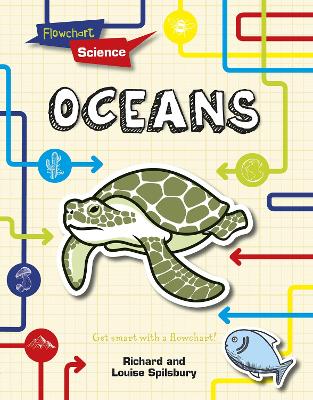Flowchart Science: Habitats and Ecosystems
7 total works
Flowchart Science: Habitats and Ecosystems Pack A of 6
by Richard Spilsbury and Louise Spilsbury
Published 26 November 2020
This series looks at science in an innovative and fun way. Using flowcharts to explore complicated ideas, such as how rainforests make their own rain and how carrion beetles clean deserts, the books present scientific topics in an easily accessible format. Real-world examples show how different habitats and ecosystems work.
This series introduces pupils to maps and mapping skills and shows how to use and interpret maps in a progressive way, starting with simple maps and basic concepts, through to scales, grid references and national and global maps. Highly illustrated with a variety of different maps, photographs and diagrams. Includes mapping games and activities A valuable resource for both topic work and mapping
Deserts cover about one-fifth of Earth's entire land surface. They are some of the harshest and most challenging ecosystems on our planet. Find out about deserts through the use of flowcharts in this fascinating book.
A wetland is an area of waterlogged land, where water covers or soaks into the soil for long periods of the year. Wetlands are amazing ecosystems that are home to fish and other wildlife. Find out about wetlands through the use of flowcharts in this fascinating book.
Grasslands are huge and important ecosystems. They cover around 40 per cent of all of the land in the world. Find out about grasslands through the use of flowcharts in this fascinating book.
Rainforests are lush, healthy forests. These amazing ecosystems are home to around half of all Earth's plants and animals. Find out about rainforests through the use of flowcharts in this fascinating book.
The ocean ecosystem is Earth's biggest ecosystem. The world's oceans cover more than three-quarters of our planet's surface. Find out about oceans through the use of flowcharts in this fascinating book.

